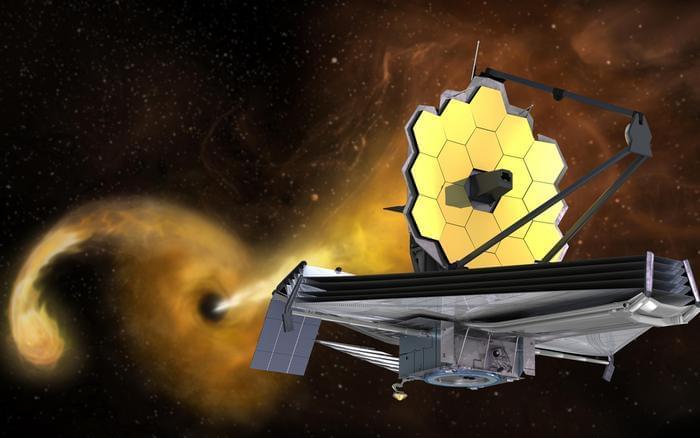What can dormant black holes teach astronomers about tidal disruption events (TDEs), which is the bright flash observed when a black hole consumes a star t | Space



A compact optical frequency division system with magnesium-fluoride-microresonator-based frequency references and silicon-nitride-microresonator-based comb generators is reported, offering a soliton pulse train at 25-GHz microwaves with an absolute phase noise of −141 dBc Hz–1 and timing noise below 546 zs Hz–1/2 at a 10-kHz offset frequency.


Ivermectin is typically used to treat neglected tropical diseases such as onchocerciasis (river blindness) and lymphatic filariasis (elephantiasis). However, studies have shown that it can also reduce malaria by killing mosquitoes that bite people who have taken the drug. As resistance to insecticides increases, ivermectin may offer a new and effective way to reduce transmission, especially in areas where standard methods are no longer reliable.
The BOHEMIA project (Broad One Health Endectocide-based Malaria Intervention in Africa), funded by Unitaid, tested this idea through two large-scale Mass Drug Administration (MDA) trials in regions with high malaria burden: Kwale County in Kenya and Mopeia district in Mozambique. Researchers evaluated whether giving a single monthly dose of ivermectin (400 mcg/kg) over three months at the start of the rainy season could lower malaria transmission. In Kenya, the program focused on children aged 5 to 15, while in Mozambique it targeted children under the age of five.

Diverse perspectives, especially those from Indigenous knowledge systems, can enhance our ability to respond to environmental changes. Integrating alternative time-keeping methods into mainstream practices could foster fairer and more effective solutions to environmental problems.
Seasons are more than just divisions of time — they connect us with nature. Finding synchrony with changing seasonal rhythms is essential for building a sustainable future.
This edited article is republished from The Conversation under a Creative Commons license. Read the original article.
Who needs Starlink when you’ve got an actual starling

China is rapidly scaling up its solar and wind energy infrastructure, accounting for nearly three-quarters of all utility-scale projects currently under construction worldwide, according to a new report from the Global Energy Monitor (GEM). With 510 gigawatts (GW) already under construction and a total pipeline of over 1.3 terawatts (TW), China is consolidating its position as a dominant force in the global energy transition.
This acceleration follows years of sustained growth. As of early 2025, China’s operating solar and wind capacity has reached 1.4 TW—equivalent to 44% of the global total and more than the combined capacity of the European Union, United States, and India. In the first quarter of this year, wind and solar supplied 22.5% of the country’s electricity, overtaking thermal power capacity for the first time.
The majority of China’s new capacity is coming from centralized utility-scale projects, particularly in northern and western regions such as Xinjiang and Inner Mongolia, which host nearly 40% of the country’s planned solar and wind capacity. In 2024 alone, China added 278 GW of solar and 46 GW of wind.


